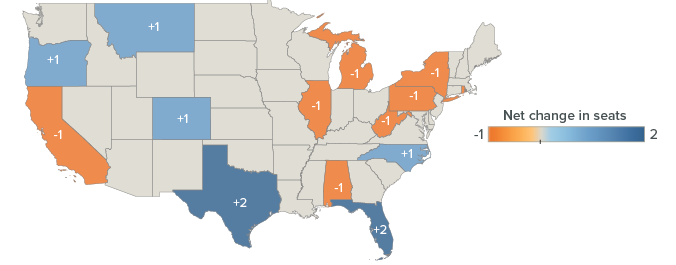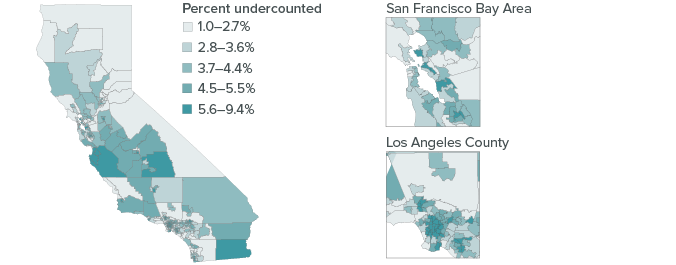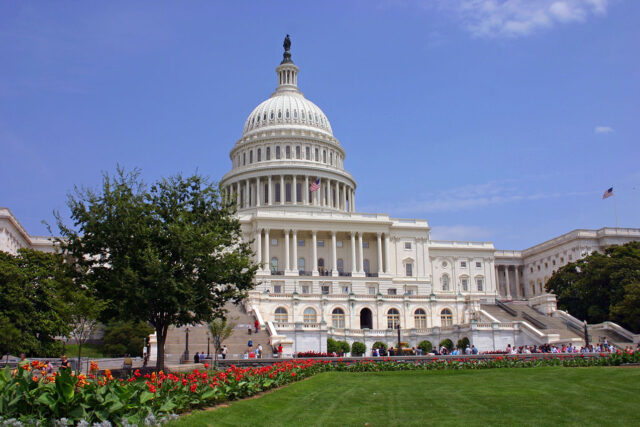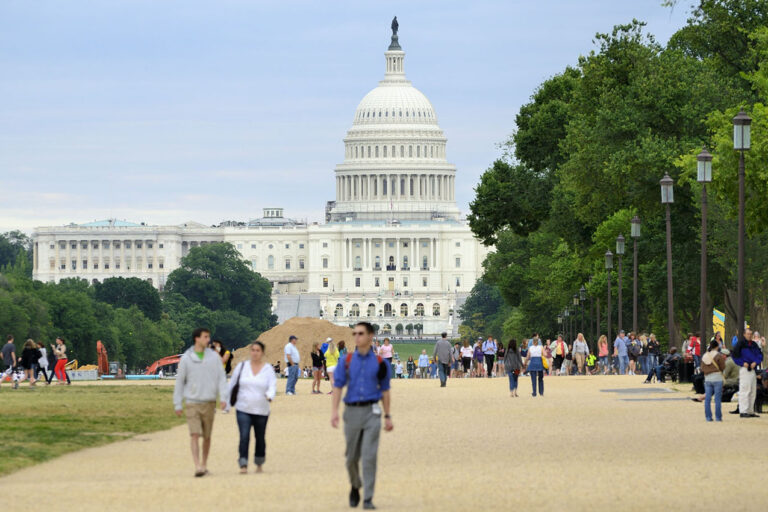- An undercount of California’s population could affect its political representation.
The Constitution mandates a decennial census of all residents in the United States to determine the allocation of seats in the US House of Representatives. The census has a far-reaching impact on many critical areas—for example, federal funding is often tied to the census count—but its role in political representation is paramount. In addition to determining the number of California’s congressional seats, the 2020 Census will also be used to redraw the boundaries of US congressional, state senate and assembly, and local government districts. An undercount could thus jeopardize accurate political representation in many ways. - California is especially susceptible to an undercount.
Privacy concerns have driven response rates down in many surveys, making the census more difficult and more costly to conduct. The 2020 Census will also be the first to collect a majority of responses online. But insufficient funding has limited the testing needed to ensure this new process works well. These challenges are of particular concern for California, where three-fourths of residents belong to one or more populations that have been historically undercounted: children, young men, Latino and African American residents, and renters. These groups now make up a greater share of California’s population than they did in 2010. - California’s many immigrant households may be wary of the census.
More than 10 million immigrants live in California, about a quarter of whom are undocumented. Federal government rhetoric and actions targeting immigrants have raised concerns among the foreign-born population, even those legally in the United States. The proposed inclusion of a citizenship question may make it harder for the Census Bureau to obtain responses from immigrant households, especially those with undocumented individuals. - Vulnerability to a census undercount could cost California a congressional seat.
If the census does a poor job of reaching residents who are traditionally hard to count (as the 1990 Census did) and also sees a low response rate from households with undocumented immigrants, about 1.6 million Californians would be left out and the state would likely lose one seat in the House of Representatives. This undercount scenario would lead to other shifts in House seats nationwide as well.
A poorly conducted census and an undercount of immigrants could cost California a House seat

SOURCE: BrookinCalculations from US Census Bureau data in McGhee, Bohn, and Thorman, The 2020 Census and Political Representation in California (PPIC, 2018).
NOTES: Relative to the current allocation, blue states would gain seats in this scenario (an undercount similar to the 1990 Census and a 10% undercount of undocumented and mixed-status households), orange states would lose seats, and grey states would remain unchanged.
- An undercount may shift representation away from low-income communities of color.
When it comes to redrawing district boundaries, projected population growth alone suggests that political representation in California should shift away from cities and toward faster-growing ex-urban and inland areas, such as the San Joaquin Valley and the Inland Empire. However, these regions are also home to many immigrants and other communities that are likely to be disproportionately undercounted. Undercounting these groups would shift political representation away from poorer areas with larger communities of color, toward wealthier, predominantly white regions.
Political representation could be diverted away from low-income communities of color

SOURCE: Calculations from US Census Bureau data in McGhee, Bohn, and Thorman, The 2020 Census and Political Representation in California (PPIC, 2018).
NOTES: Percent undercounted in this undercount scenario (an undercount similar to the 1990 Census and a 10% undercount of undocumented and mixed-status households) is calculated based on projected 2020 estimates for public use microdata areas (PUMAs). County-level estimates are available in Technical Appendix B of McGhee, Bohn, and Thorman (2018).
- Vigorous outreach can help ensure every Californian is counted.
California has budgeted $100 million for census outreach in 2018–19, with another $54 million proposed for 2019–20. The California Complete Count Committee, which is spearheading the state’s efforts, has allocated current funds toward the state’s hard-to-count communities, with options for local governments, community-based organizations, media, and schools to receive funding. Trusted leaders can encourage respondents to complete the official census questionnaire by highlighting the importance of an accurate census count to their communities—and emphasizing the security of the information they share with the Census Bureau. Community and philanthropic organizations are also uniquely positioned to promote participation among their own hard-to-count populations so that all residents are accurately represented.
Topics
Health & Safety Net Political Landscape PopulationLearn More

2020 Census: Where Are California’s Hard-to-Count Communities?

Californians and the 2020 Census

Census-Related Funding in California

Policy Brief: How Accurate Was California’s 2020 Census?

The 2020 Census and Political Representation in California

Video: 2020 Census: What’s at Stake for California?


